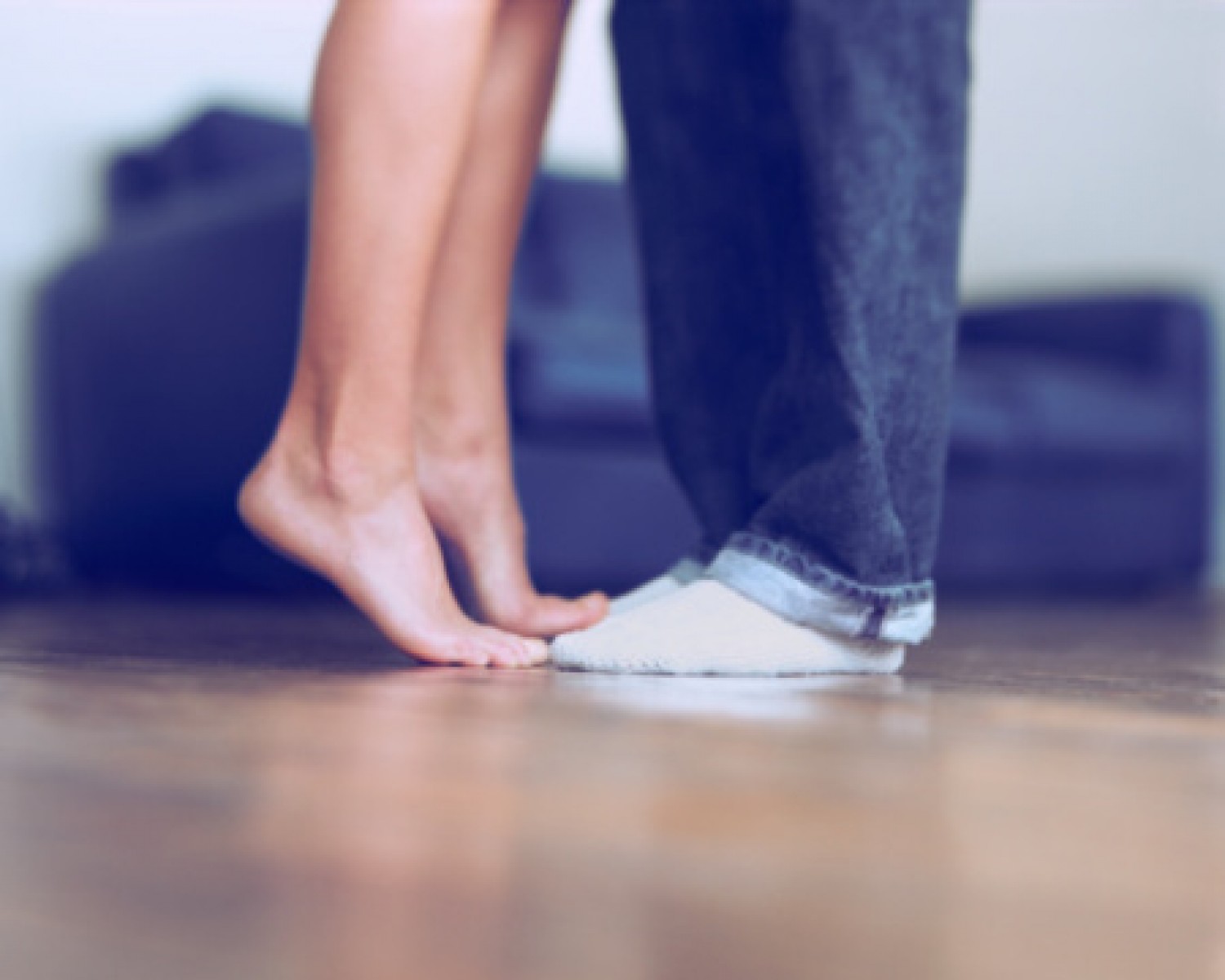A Beginner’s Guide to Rise and Fall

Whether it’s the gentle lilt of a foxtrot or the pronounced wave of a slow waltz, rise and fall gives your dancing a more dynamic look, creating excitement and momentum – and it can feel great too!
To be clear, ‘rise and fall’ refers to the lifting and lowering of the body, using the ankles, knees, and stretching spine, and is common to most smooth/standard dances. Let’s begin by looking at how these parts work together.
From Bottom to Top
Rising and falling generally begins in the balls of the feet, continues through a straightening the knees (still keeping a soft bend), and ends by stretching through the spine up through the crown of the head. For the spine, imagine ‘drawing yourself up’ to your full height, making yourself as tall as possible.
Gentle Movement
Rising and falling is like flowing up and down like waves – not dropping off a cliff. For waltzes, the rise gradually builds over the 1-2-3, before lowering quickly and smoothly on the second half of three – what we call ‘3and’.The rise is similar for foxtrots and quicksteps, happening over the ‘QQ’, and falling on the ‘Qand’.
As a rule of thumb, the faster the dance, the less of a rise we use. As you fall, make sure you send out your foot to prepare for the next step, or it will become trapped beneath you.
Building Control
Practice each position below in order:
- With feet together in parallel, rise onto the balls of your feet.
- Lower back down to a flat foot, keeping weight on the balls.
- Softly bend the knees, enough to lower your torso about half a foot.
- Straighten the knees without locking them, raising you back to your original position.
Give yourself 3 seconds to gradually move from one position to the next – your body should never stop moving. I love this exercise, because it allows you to practice all the level changes of rising and falling, without the balance issues that come from trying to move at the same time.
Let Your Breath Guide You
As we breathe, our ribcage expands and lifts, then lowers and contracts. Try dancing your rise on the inhale and fall on the exhale, and see how this expansion and contract can accentuate your movement without extra effort.
About the Author
Ian Crewe has been dancing ballroom for over 18 years, and has a Licentiate in American smooth and rhythm. His passion for dance eventually led him to blogging and the World Wide Web. Ian currently teaches at the Joy of Dance Centre, Toronto, ON, Canada.

